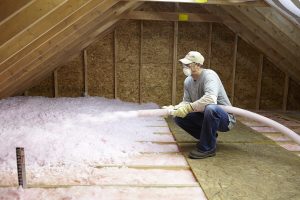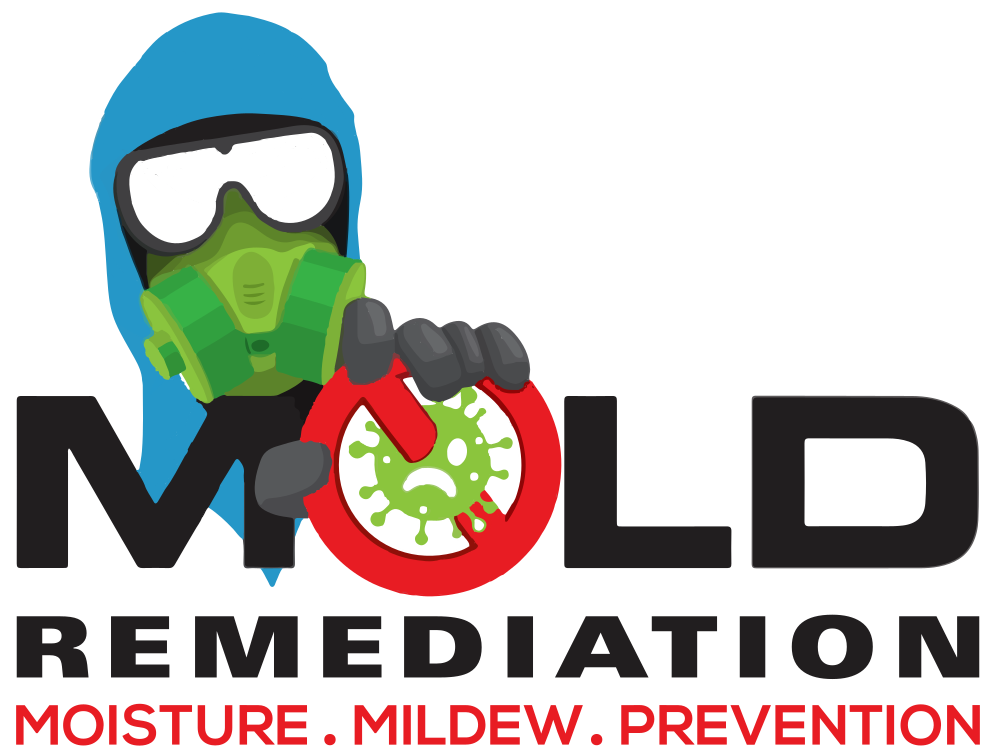
It is a good idea to insulate an older home and make energy-efficient improvements throughout the year, regardless of the season. You will not only save money on your electricity bills, but you’ll also keep your house more comfortable all year.
Installing energy efficient appliances
When replacing appliances throughout your home, choose those that have a good Energy Star rating. When purchasing a new appliance, consider the design as well. A front-loading washer, for instance, not only dries clothes faster (reducing the need for the dryer), but it also consumes less water. Regardless of when you intend to replace your home appliances, you can take specific steps to enhance their effectiveness with your current ones. To improve air circulation, your fridge, for example, ought to have approximately an inch of clearance on all sides. At least once a year, switch off the fridge and clean the cooling coil of debris and dust.
What is the most efficient way to heat an old house?
Nothing beats the appeal and durability of a vintage home. A historic home evokes emotions that unique compared to a modern house that appears to be a replica of the homes to its left and right. However, the heating systems in old buildings frequently fall short of expectations. If you own an older home and need an insulate an older home, you may find yourself constantly cranking up the thermostat to deal with the cold or attempting to find ways to keep the bedroom warmer without having to run the heater all night, and may lead you to wonder, ‘how to insulate an older home’?
Fortunately, advanced technology is now available to complement your historic home’s heating system, and simple, more sensible fixes can assist you in maximizing your home’s heating system without breaking the bank.
There is a means to provide your old house with cost-effective and environmentally friendly heating.
Because adequate heating in homes was not a priority back then, older, historic homes frequently have insufficient insulation. That may seem strange, but even the most affluent homeowners did not always have adequate heating and insulation.
When it comes to insulate an older home, you should start where you are losing the most heat. An energy audit is a great method for figuring this out. Appointing an independent third party to conduct an unbiased analysis is the most efficient and cost-effective method for focusing on specific electricity and thermally deficient areas in your old home. The best method for identifying if or not you need to add extra insulation and determining where to insulate an older home is by conducting Energy audits.
Complementing your current heating system
Perhaps HVAC contractors telling you that your historic home simply cannot incorporate modern heating systems have frustrated you. Do not give up on improving the efficiency of your heating system. Instead, look for other energy-efficient solutions to supplement your home’s heating system.
Consider in-floor heating systems, which do not require ductwork or furnaces. As an added bonus, your feet will remain comfortable and warm. Nothing beats walking out of a hot shower and into a warm floor on a cold winter day.
Installing Electric heaters
It can be impractical to turn on the central heating at night only to prevent freezing while sleeping. Instead, go with a wall-mounted electric heater, such as the energy-saving Electric whole-room heating systems. An electric heater looks great mounted on the wall of any room; its sleek design complements the aesthetic of any home. Introducing supplementary heating sources to your house hold would be a great way to cut the consumption of your central heat system while also heating specific areas in your historic home that you use the most.
Determine which areas of the house you prefer to be warmed up, such as the restroom, bedroom, or kitchen. Adding complementary, cost-effective heating sources, such as an electric heater, can potentially reduce your heating bill while increasing your comfort. A heater attached to the wall close your bed provides warmth without stretching the heating costs. The whole-room heater runs on low-wattage technology and costs as little as a few dollars per hour to operate.
How can an old house be more energy efficient?
We consume approximately 17% of total domestic electricity utilized yearly through lighting, and lighting technology has advanced rapidly in the last decade in particular. The old incandescent light bulbs are no longer readily available for purchase, and while some people miss the quality of light and the low cost, there is no denying that the filament lights were a massive waste of electricity. Approximately 90% of the electricity usage was heat rather than light.
How can heat loss in an old house be reduced?
Improving the insulate an older home has the capacity to save you 10% to 50% on your heating bill. Your basement, including the floor and ceiling beams, is the best place to start.
To insulate an older home, Choose thin sheets, which are lengthy rolls of insulation, for areas with standard joist spacing. Fiberglass sheets range in price from $0.40 to $1 per sq. foot. However, this does not include insulation.
In how to insulate walls in an old house
Non-standard areas with irregular steel beams spacing or prevalent obstructions, loose fill foam is simpler to install. To blow it in the empty spaces, a contractor will charge between $1.20 and $2 per square foot.
If you are wondering , how to insulate walls in an old house You can also save money by purchasing your own blower and spending less than a dollar per sq. foot on raw material. When installing new insulation, keep the attic’s airflow in mind by leaving the vents open.
Old houses tend to compose due to changes in the foundation that occur over time. Walls and doorframes in your home can move, crack formation form, and windows constrict. Each of these changes expose the home to cool air currents blowing in through all those spots. To prevent these, you can do the following:
Here are some additional tips to insulate an older home:
Add weather-stripping to window frames and doors.
Weather-stripping prevents cold air from entering your home through the gaps and cracks in your windows and doors frames.
Fill gaps in your basement and/or attic.
Basements and attics are frequently the source of inefficient heating. Patch areas where there are inconsistencies with the outside atmosphere with expandable foam. Alternatively, you can explore insulate an older home from the outside
Saving energy and money in your home requires considering both the big picture and your day-to-day routines. Analyze your home’s weak points to highlight your upcoming energy-efficiency investments.
You do not have to start making all of those improvements in a year; instead, plan your home improvements so that you incorporate intelligent energy alternatives as well. Weathertek is a professional and affordable insulation company in RI that offers highly personalized and professional services at competitive rates.


